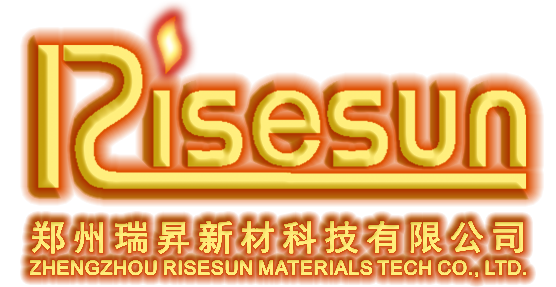21
2025
-
04
Understanding SIC Heaters: A Comprehensive Guide for Professionals
SIC heaters, or Silicon Carbide heaters, are prominent in various industrial and commercial applications due to their unique properties and efficiency. They are constructed from silicon carbide, a material known for its exceptional thermal conductivity and high-temperature resistance. This makes SIC heaters ideal for environments where traditional heating elements may struggle to perform efficient
SIC heaters, or Silicon Carbide heaters, are prominent in various industrial and commercial applications due to their unique properties and efficiency. They are constructed from silicon carbide, a material known for its exceptional thermal conductivity and high-temperature resistance. This makes SIC heaters ideal for environments where traditional heating elements may struggle to perform efficiently.
One of the significant advantages of SIC heaters is their ability to operate at elevated temperatures, often exceeding 1400°C (2552°F). This characteristic is particularly beneficial in industries such as ceramics, glass production, and metallurgy, where precise and consistent heating is crucial. The stability of silicon carbide allows these heaters to maintain performance under extreme conditions, ensuring a reliable heating solution.
Another noteworthy benefit of SIC heaters is their energy efficiency. They exhibit rapid heating and cooling times, which not only optimizes energy consumption but also reduces production cycle times in industrial settings. This efficiency translates into lower operational costs, making SIC heaters a practical choice for businesses aiming to enhance productivity while minimizing expenses.
In addition to temperature resistance and energy efficiency, SIC heaters are also known for their durability. Unlike conventional heating elements that may degrade over time, silicon carbide heaters are less prone to wear and tear, resulting in a longer lifespan. This durability reduces the need for frequent replacements, saving companies both time and resources.
Moreover, the versatility of SIC heaters allows them to be employed in various configurations. Whether you need them for radiant heating, direct contact with materials, or in custom-built heating systems, SIC heaters can be tailored to meet specific application requirements. This adaptability is essential for professionals looking to implement efficient heating solutions across different sectors.
When considering SIC heaters for your next project, it’s essential to evaluate the specific needs of your application. Factors such as desired temperature, heating time, and material compatibility should guide your choice. Collaborating with knowledgeable suppliers or manufacturers can also provide insights into the best practices for installation and maintenance, ensuring optimal performance.
In conclusion, SIC heaters represent a robust and efficient heating solution for various industrial applications. Their high-temperature performance, energy efficiency, and durability make them an attractive option for professionals in the electrical and heating industries. By understanding the advantages and applications of SIC heaters, you can make informed decisions that enhance operational efficiency and productivity in your business.
One of the significant advantages of SIC heaters is their ability to operate at elevated temperatures, often exceeding 1400°C (2552°F). This characteristic is particularly beneficial in industries such as ceramics, glass production, and metallurgy, where precise and consistent heating is crucial. The stability of silicon carbide allows these heaters to maintain performance under extreme conditions, ensuring a reliable heating solution.
Another noteworthy benefit of SIC heaters is their energy efficiency. They exhibit rapid heating and cooling times, which not only optimizes energy consumption but also reduces production cycle times in industrial settings. This efficiency translates into lower operational costs, making SIC heaters a practical choice for businesses aiming to enhance productivity while minimizing expenses.
In addition to temperature resistance and energy efficiency, SIC heaters are also known for their durability. Unlike conventional heating elements that may degrade over time, silicon carbide heaters are less prone to wear and tear, resulting in a longer lifespan. This durability reduces the need for frequent replacements, saving companies both time and resources.
Moreover, the versatility of SIC heaters allows them to be employed in various configurations. Whether you need them for radiant heating, direct contact with materials, or in custom-built heating systems, SIC heaters can be tailored to meet specific application requirements. This adaptability is essential for professionals looking to implement efficient heating solutions across different sectors.
When considering SIC heaters for your next project, it’s essential to evaluate the specific needs of your application. Factors such as desired temperature, heating time, and material compatibility should guide your choice. Collaborating with knowledgeable suppliers or manufacturers can also provide insights into the best practices for installation and maintenance, ensuring optimal performance.
In conclusion, SIC heaters represent a robust and efficient heating solution for various industrial applications. Their high-temperature performance, energy efficiency, and durability make them an attractive option for professionals in the electrical and heating industries. By understanding the advantages and applications of SIC heaters, you can make informed decisions that enhance operational efficiency and productivity in your business.



